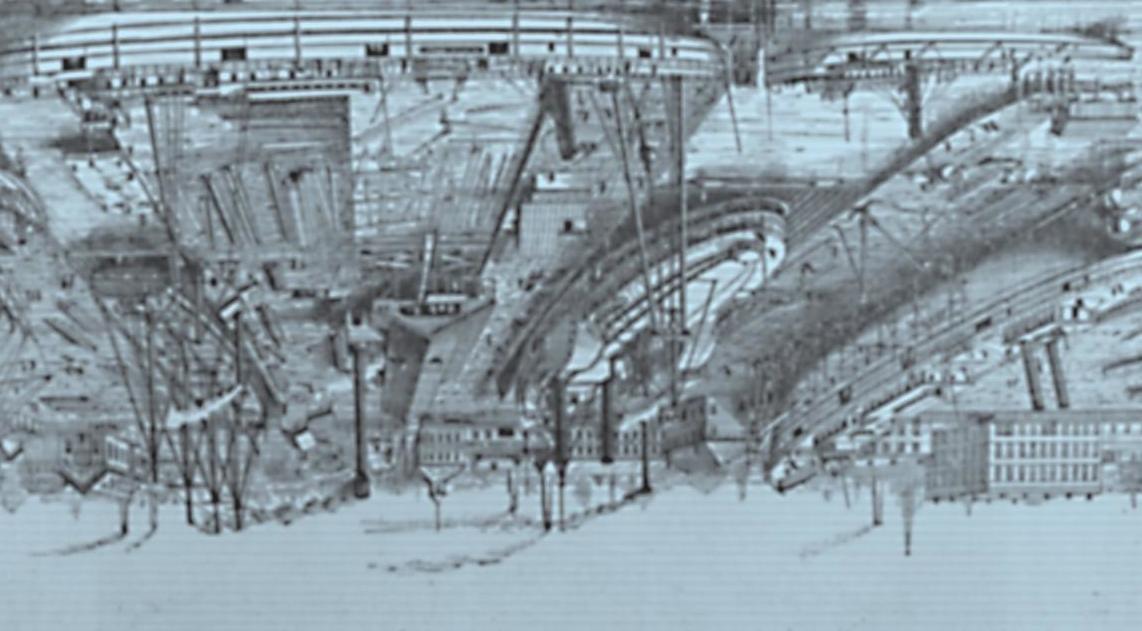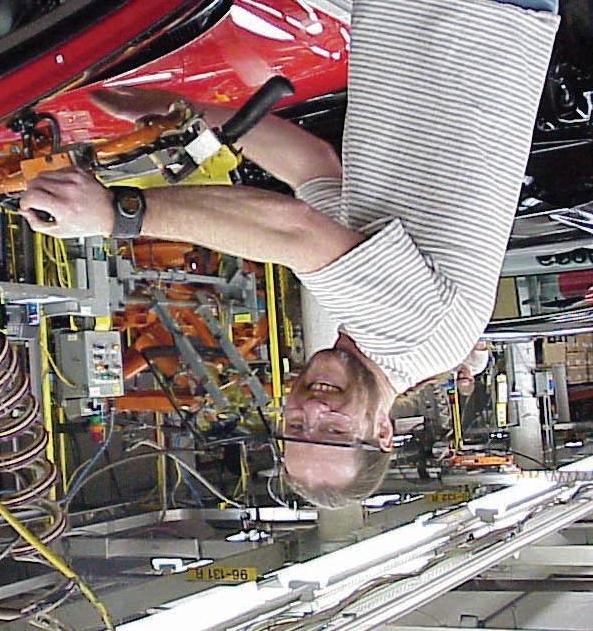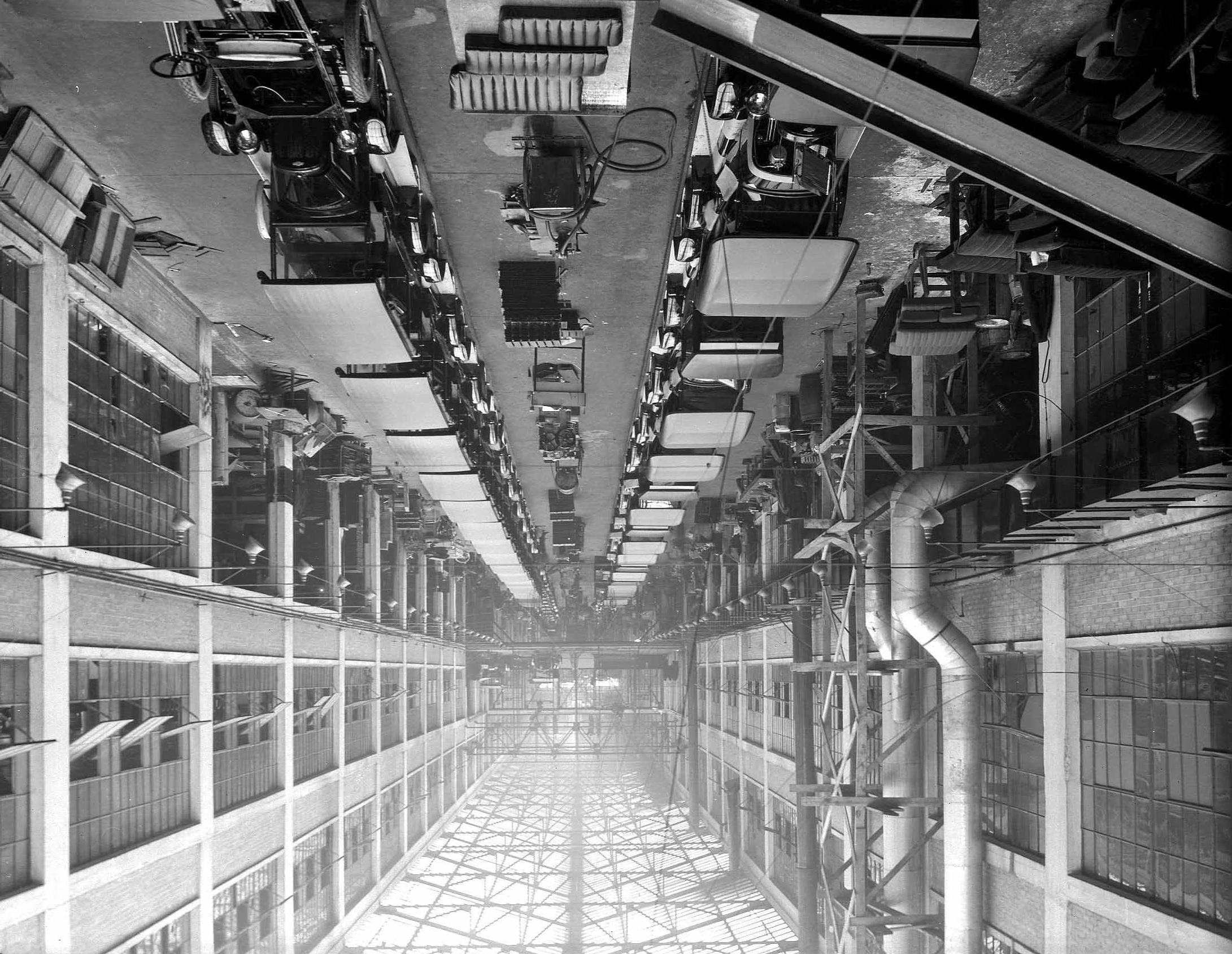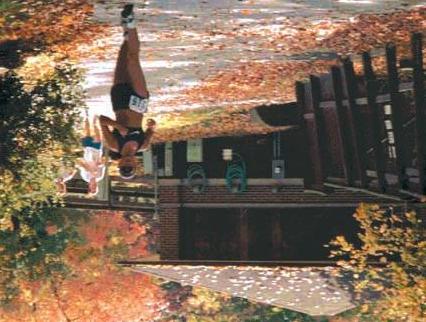
5 minute read
Our Region’s Story
MotorCities-ANHA is the story of the nationally and internationally significant region that invented the 20th century and is well on its way to defining the 21st! We are so close to this history that we do not always appreciate how it has affected our lives, our communities, and the world.
MotorCities became the "Silicon Valley" of the early 20th century, marshalling access to natural resources, transportation infrastructure, skilled labor, innovation and ingenuity, and venture capital to become the center of the global automobile industry.
Advertisement
MSA
Significance Our region made the cars and lifestyle that changed the nation. The MotorCities, including Detroit, Dearborn, Flint, Lansing, Jackson, Pontiac, Warren, Ypsilanti, and others, have been the centers of automobile invention and production for a century. The still evolving story of this living industry is as important to the economic, cultural, and social fabric of communities today as it was over a hundred years ago.
MotorCities Memories
Far Left: Fisher body craftsmen assembling bodies, c. 1920.
Center: Shipbuilding was a major


activity on the Detroit River at the end of the century.
Left: Daryl Scanland, author of Words from Work: A Book of
Poems, is a line worker at the Chrysler Trenton Engine Plant.
ICON team ANHA
Our History At the end of the 19th century, Southeastern Michigan had ready access to lumber products and was a center for coach building. The Detroit River attracted shipbuilding and marine activity, nurturing a work force skilled in machine and metal trades. A cadre of young entrepreneurs and inventors, including R.E. Olds, Henry Ford, David Buick, Walter P. Chrysler, Henry Leland, and many others, mated engines to carriage bodies, inventing techniques and methods for production of automobiles. When these entrepreneurs transformed handcraft methods into the modern assembly line, cars became affordable to the common man. The mass production of cars changed the lifestyle of the nation and its communities, was pivotal to the growth of the modern labor movement, and, in World War II, enabled our region to become the “Arsenal of Democracy,” when millions of women joined the workforce to produce tanks, trucks, jeeps, and airplanes at an unprecedented pace. The massive plants influenced the shape of our region; their impact is evident to this day in the communities that grew around them as well as in the millions of people drawn to the jobs they offered.

Why here?

Every place has a story. Every story has a place.
ANHA A Chevrolet assembly plant in Flint. Perfection of the assembly line helped Flint and the MotorCities-ANHA region achieve mass production for the mass market. [KA]
MotorCities-ANHA Resources The cultural, historic, and natural resources of MotorCities that are directly related to the automobile industry have been the basis of this plan. ANHA, with help of volunteers from across the region, carried out an invento- ry of over 1,000 resources in ten categories associated with the industry, key personalities, communities, important events, and automobile culture.
The map at right was generated from the MotorCities-ANHA webbased GIS Resource inventory and shows the pattern of distribution of these resources, including the many large plants, other automobile industry facilities, and historic districts that dot the landscape. The resources go beyond sites, buildings, and landscapes to include important personal stories of our diverse residents.
Go to www.autoheritage.org to explore the extensive database. Interpretive Themes Our story is rich and complex, so it needs to be presented in a coherent way, to enable residents and visitors to understand how our region evolved, why our resources are important, and how our innovators and workers remain influential. We will use five primary interpretive themes that capture the story of the region and will structure the visitor experience, making the heritage of MotorCities understandable and accessible. The ANHA Partnership will provide technical and financial assistance to help its partners -- including museums, businesses, communities, and citizens -- effectively communicate these themes and their relationship to important resources. The story will be structured around the following five primary interpretive themes:
ICON team DMCVB


MotorCities put the world on wheels by perfecting the assembly line, mass production and vertical integration for vehicle manufacturing.
The Industry of the Century The region's innovations in engineering, production, and marketing brought automobiles to everyman, changing the nation and the world. Our region celebrates a living history that continues to grow and evolve, as important today and tomorrow as it has been in the past. The automobile plants, research centers, and related resources associated with our inventors and entrepeneurs are vivid features of the MotorCities-ANHA landscape.

Communities of the Automobile Region The automobile industry created the Motorcities of Dearborn, Detroit, Flint, Jackson, Lansing, Pontiac, Warren, and Ypsilanti and strongly influenced smaller communities that were home to early entrepreneurs, parts suppliers, and the people who built the cars and trucks. This theme represents how the region was formed, what it became, and how it is perceived. The form of nearly all our communities reflects their automobile industry heritage and the contributions of their diverse residents.
Torque and Tension - Management, Labor, and the Automobile Family The people of the region have been pivotal in development of the American labor movement and include many generations of workers, managers, and families that are closely tied to the automobile industry. Resources in our region include sites of nationally significant labor struggles, sites associated with well-known owners and managers, and, most important of all, the memories of our automobile industry workers.
Auto Inspiration - the Arts, Design, and Architecture The automobile industry and its design innovations have had an influence that goes beyond vehicles to influence the arts, music, product design and architecture. Examples from Motown to the architecture of Albert Kahn can be experienced throughout the region. Our buildings, landscapes, and cultural resources represent high points of imagination and are an important part of the industry's influence on our lifestyles.
Right: Ford's Highland Park plant, a National Historic Landmark, was where Ford’s revolutionary moving assembly line, the $5 day, and Albert Kahn’s daylight factory had their beginnings. In 1914, the year Ford sold 248,000 Model T's, he raised workers' pay from $2.50 to $5 per day, explaining that this was really profit sharing, not a wage increase, effectively creating the American middle class.
Left: The Twin Towers in the Irish Hills represent the exuberant recreational architecture of the early roadside environment. America on Wheels The mobility provided by cars and trucks directly changed our region and the nation. These changes can be seen in our environment, our culture, our families, and our way of life. The consequences of these changes are apparent in our region and its key road landscapes.




